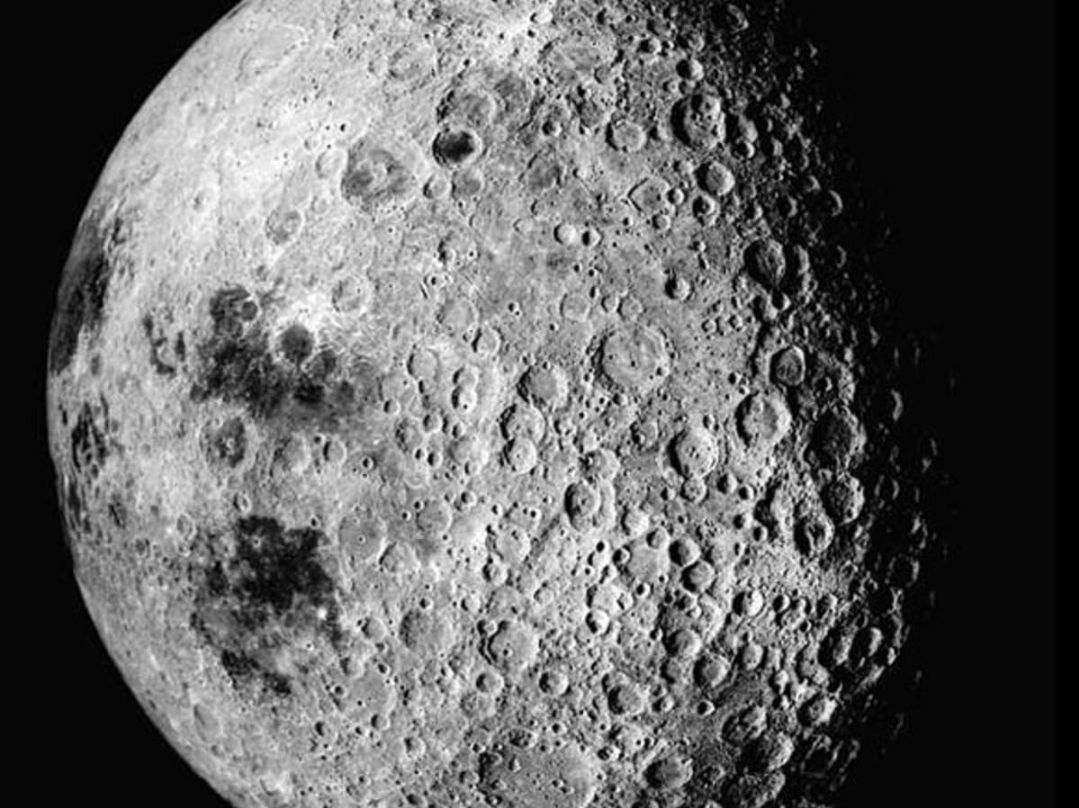The Moon's Crators challenges Young Earth Creationism
The vast number of craters on the Moon, estimated at around 1.3 million, poses a significant challenge to the tenets of young Earth creationism. Here's a more detailed explanation of how these lunar craters provide compelling evidence for a much older Earth and solar system:
Timescale of Crater Formation: The sheer abundance of craters on the Moon signifies a long period of bombardment by meteoroids and asteroids. This bombardment likely transpired over billions of years, a timeframe incompatible with the young Earth creationist belief in a much younger Earth.
Absence of Erosion: Unlike Earth, the Moon lacks an atmosphere and active geological processes like plate tectonics. This absence of erosion allows craters to remain relatively pristine over vast stretches of time. A young Earth, on the other hand, would have had less time for craters to accumulate.
Dating Techniques: Radiometric dating of cratered lunar rocks returned by Apollo missions provides concrete age estimates. These dates consistently place the formation of the craters in the billions of years range, further solidifying the vast age difference between young Earth creationist beliefs and scientific evidence.
Geological Implications: The very presence of craters signifies a violent and chaotic early history for the Moon. The immense forces required to create these craters are more consistent with the timescales proposed by scientific theories of the solar system's formation, which occurred billions of years ago.
Rate of Crater Formation: The current rate of crater formation on the Moon is much lower than it was in the early history of the solar system. This decline can be attributed to the depletion of large asteroids and meteoroids in the inner solar system over time. The Moon's heavily cratered surface thus serves as a record of a much more active bombardment period in the past, further supporting the vast age of the solar system.
Comparative Planetology: Studies of other planetary bodies in our solar system, such as Mercury and Mars, also reveal cratered surfaces. The presence of craters on these celestial objects further strengthens the case for a violent and chaotic early period in the solar system's history, a notion incompatible with a young Earth.
Impact on Earth's Development: The Moon's cratered surface likely played a crucial role in Earth's development. The immense impacts that created these craters are believed to have released significant amounts of heat and material into Earth's early atmosphere. This bombardment may have even played a role in the formation of Earth's Moon.
Beyond the Moon: The Moon serves as a natural satellite laboratory, allowing scientists to study celestial bombardments relatively undisturbed. By studying lunar craters, scientists can gain valuable insights into the early history of our solar system and the ongoing process of collision and change in the cosmos.
In conclusion, the Moon's cratered surface stands as a powerful testament to the immense age of the Earth-Moon system. The vast number, lack of erosion, radiometric dating, geological implications, rate of crater formation, and comparative planetology all contradict the young Earth creationist belief in a much younger Earth. By studying these lunar craters, scientists can glean valuable information about our solar system's past and ongoing processes.




Comments
Post a Comment